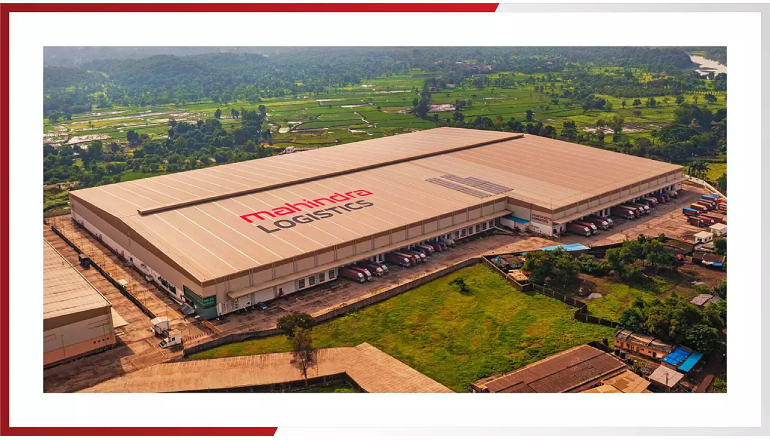Mahindra Logistics has launched the ‘Emission Analytics Report’, a digital tool that offers real-time carbon emissions visualization to aid in decarbonizing supply chains.
Offered on a monthly subscription model, the platform provides detailed insights into emissions intensity, and fuel usage.
The reporting tool quantifies shipment-level reporting of Scope 3 emissions for various industries, including auto, manufacturing, consumer goods, retail, FMCG, mobility, pharmaceuticals, e-commerce, quick commerce, and freight forwarding. It also offers emissions savings certificates for transportation.
The report is created using a SaaS platform accredited by GLEC and ISO 14083. It is accessible on the Web and mobile devices, ensuring seamless integration into existing systems.
The platform also facilitates customers adhering to BRSR regulations and companies aiming to enhance sustainability and transition towards green logistics.
Swayantani Ghosh, Chief Sustainability & CSR Officer, Mahindra Logistics, said, “In a rapidly growing economy like India, the need to lead a comprehensive effort in the fight against climate change is the need of the hour. Particularly in the context of the supply chain, scope 3 decarbonization imposes unique challenges in the absence of the right framework, tool and data.”
She said that as an integrated logistic player, Mahindra Logistics has introduced a shipment-level Emission Analytics Report using AI, enabling clients to track carbon footprints, access emission savings analytics, and evaluate decarb modeling.

